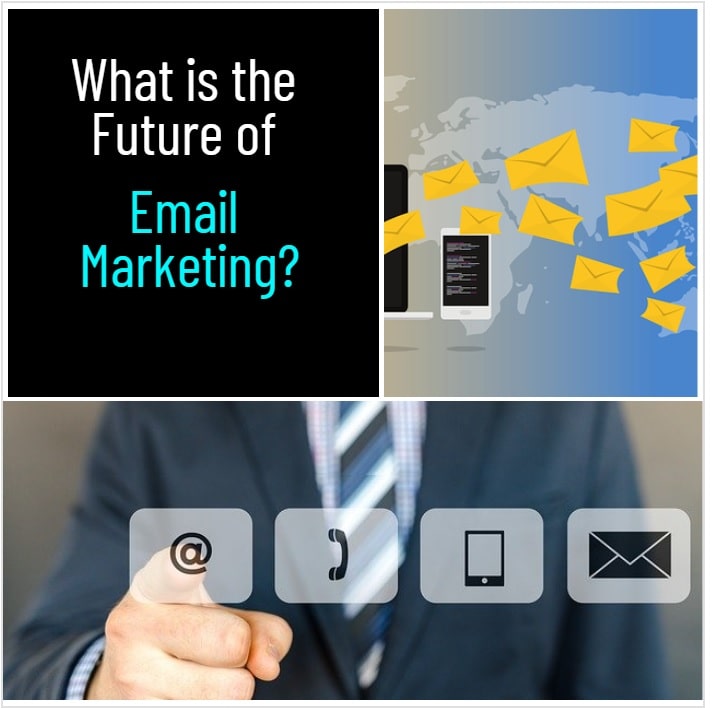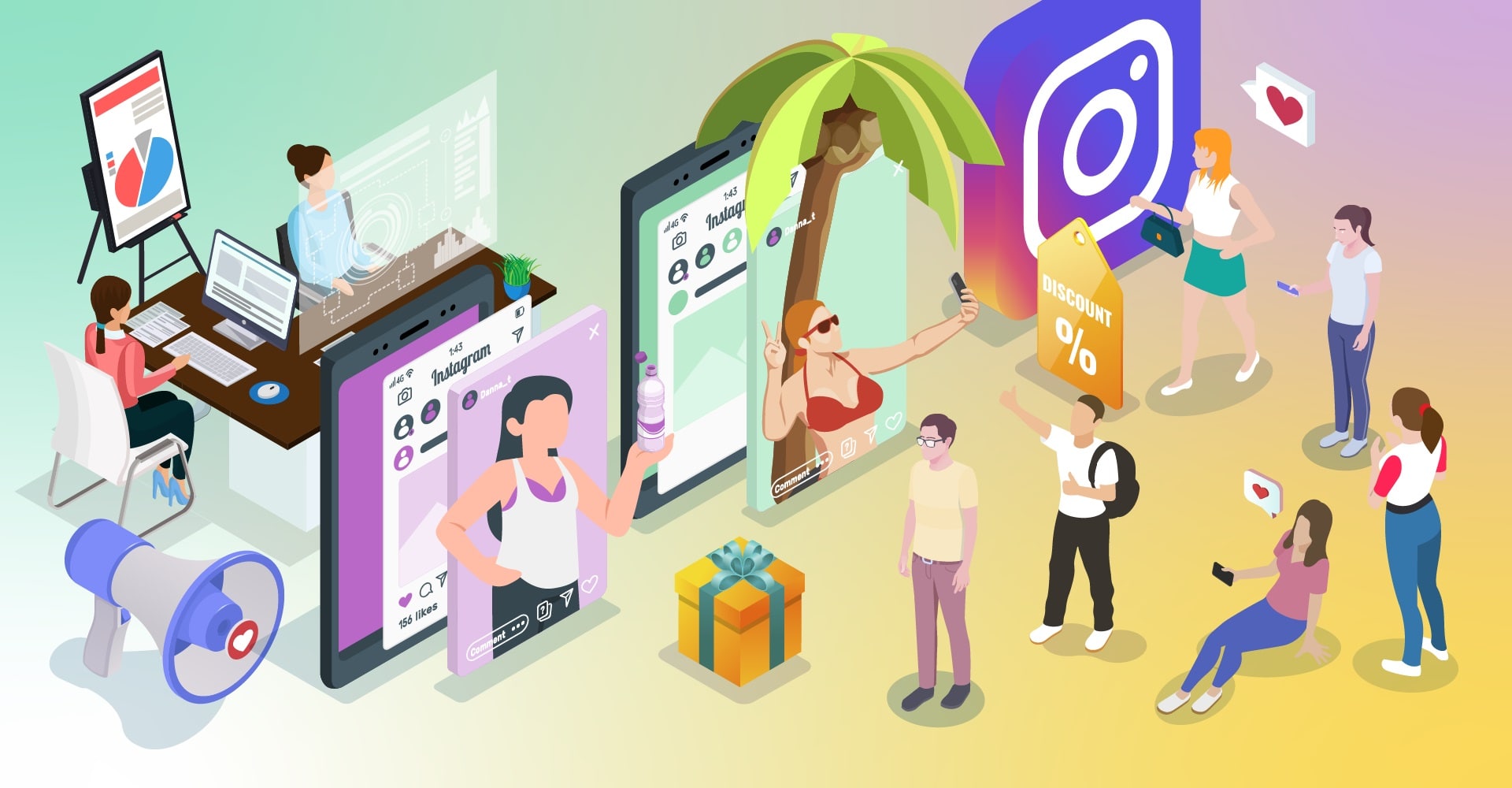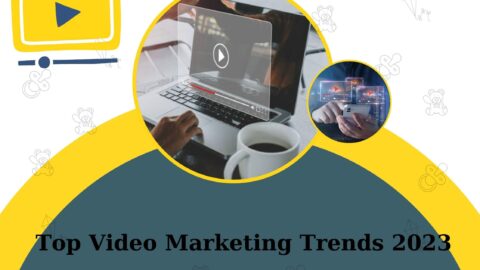What is the Future of Email Marketing?
Most contemporary attempts companies make at grabbing their audiences’ attention relies on online communication. In this day and age, modern companies need to be online in order to grab the attention of their target audience. The truth is that, if they are not sleeping or driving, people are connected to some sort of communication device. We go online to work, seek entertainment, spend time with friends, and some of us even rely on mobile apps to relax. Having said that, successful marketers understand the growing need to target clients and prospects online. And, according to a recent Litmus report, marketers have realised that email communication is one of the most effective ways of the right audience, at the right time. Here we have 5 Predictions for the Future of Email Marketing. Check out the text below for the newest, most valuable insights into email marketing over the next ten years.
Table of Contents
Our 5 Predictions for the Future of Email Marketing
1. Email Marketing Automation
While chatting via various social media apps might be appropriate for friends and family, businesses almost exclusively use emails to communicate. It should come as no surprise then, that email marketing has gotten fiercely competitive over the past couple of years, becoming a mandatory part of every well thought out digital marketing strategy. Back in 2017, Microsoft found that 50% of all email senders expect a response within 24 hours. Some data from as recently as May 2021 show that 46% of survey respondents expected a response time of less than 4 hours.
If a retail company has a mailing list of hundreds, thousands, even hundreds of thousands of subscribers, who is going to write, design, code, and eventually send all of those emails? Today, a huge number of businesses of all sizes are opting for automated solutions to bear the logistical and financial burden of email marketing. Specialized, third-party providers have developed SaaS solutions that cut down on the time and effort spent on email marketing, while sacrificing none of the quality and human touch. The idea is simple – only send relevant email offers and reminders to clients, on mass and on time. For example, if a subscriber changed their mind about purchasing a designer bag online, an automatic email is sent within 24 hours to remind them of the abandoned cart. The email might contain a special discount, or a gift, further motivating them to make a purchase.
Today, SaaS companies specialize in tailoring industry-specific automated email marketing campaigns to help businesses make it big. Recent email marketing insights from PathwayPort note that email brings the highest ROI of all marketing channels, up to $42 for every dollar spent.
2. Responsive Email Marketing Design
As many as 90% of Americans own smartphones, and they spend an average of 3 hours and 43 minutes per day with their eyes glued to the devices. In fact, Statista also found that around 40% of all internet traffic in the U.S. accounted for mobile internet, a statistic that goes hand in hand with the increasing availability of public Wi-Fi. If a business is even entertaining the idea of setting up email campaigns, it needs to make sure the design is mobile-friendly. Today, as many as 61% of all emails are found to be opened and read via a mobile device, a figure that can only be expected to grow.
It is of key importance, therefore, to have a design team test and then adjust their email campaign design choices across a number of portable devices – iOS and Android smartphones, and tablets.
3. Digital Disruption
Digital disruption is an important factor to be considered for the Future of Email Marketing. The 2020 pandemic has forced both people and businesses to accelerate their digitalization process as much as possible. As a result, strong email, social media, and eCommerce skills have become a necessity for nearly anyone doing business post 2020. In countries such as the UK, internet use doubled during the pandemic. While the process of replacing non-digital processes with digital ones is arguably inevitable, the 2020 crisis has compelled people to adjust almost instantly with increasingly remote customers and workforces alike. The recent Statista projections state that the number of worldwide email users will increase to 4.48 billion in 2024, and this number is expected to grow exponentially in the coming years.
4. Personalization and Putting Customers First
A 2020 LinkedIn report found that as many as 47% of marketers have cited an increased interest in emotional content centering human beings instead of products. Marketing strategies such as personal experiences, compassionate content and copy, as well as corporate social responsibilities have proven profitable. The same LinkedIn report saw a huge opportunity for email marketing to meet these needs for person-first marketing, due to its ability to connect directly with customers. Showing clients you care during stressful times by focusing on their wellbeing, instead of your product, can lay the groundwork for a deeper connection in the future.
Personalized emails, paradoxically, have to do much more with automation than with simply addressing recipients by name and remembering their birthdays. This highly personalized, laser-targeted strategy has proven to be much more likely to result in a purchase, as compared to bombarding subscribers with products and services that may or may not pique their interest. The result is a cheaper, yet more intimate customer experience that is built to last.
5. Companies Will Measure Email Marketing ROI
In 2020, Litmus conducted a survey on 2,000 marketing professionals. The study shows that, even though the survey respondents know that email marketing has a high ROI, a staggering 45% of them cited that some of their campaigns had poor, very poor, or even non-existent results. The way a company measures their email marketing ROI can vary, from putting together their own statistics via third-party analytics tools, to ESP (email service provider) metrics. The success of an email marketing campaign is usually measured via six main metrics – the email open rate, click through rate, unsubscribe rate, bounce rate and finally, conversion rate. Knowing which email campaigns resulted in the highest number of opens, clicks, and conversions (when a desired action such as a purchase takes place) is extremely important. It shows marketers which campaigns need to stop, and which need to be accelerated. Finally, only the most popular and the most successful campaign strategies are used, leading to a significantly higher ROI.
Conclusion
In this article we disccuss 5 Predictions for the Future of Email Marketing. Contemporary users expect a smooth, personalized, warm, and human-centered user experience. Marketers will have to adjust to these increasingly demanding user expectations in order to stay cutting-edge, and in some cases, even to survive. Email automation has succeeded in making this process easier and more cost-effective, without sacrificing quality. Note that automated e-mail marketing solutions like Klavio are helpful for communicating with your audience and improving sales.
See Also

David Rigamon is a consultant in the life sciences and digital marketing space as an Agile Coach. Previously in financial services as a consultant for systems implementations. He is working for Harwood Agile Consultancy.










